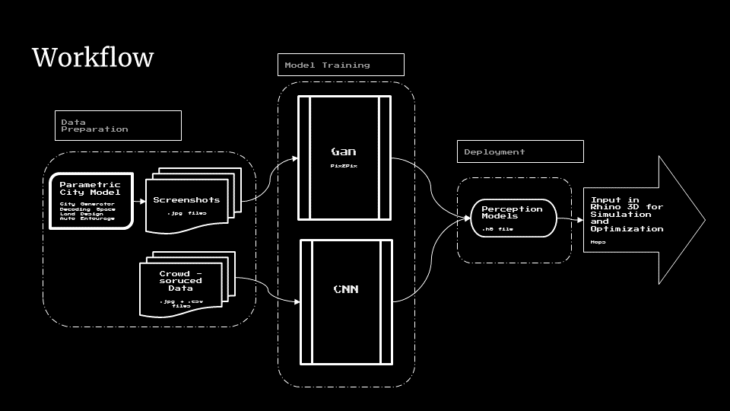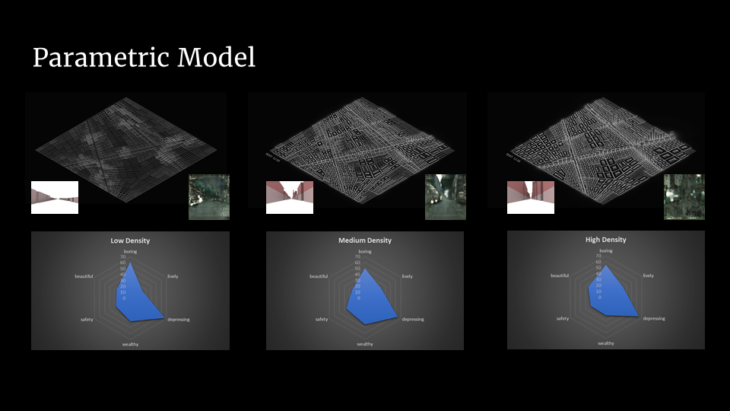In 2020, 56.15% of world population lives in urban area and urban population is growing with the emergence of megacities over 20 million inhabitants. Human health and well-being raise concerns amid unprecedented urban growth. Data are constantly collected on different aspects of urban environment and designers can access these data in real time. It presents an opportunity to understand the preferences and behaviors of our citizens. How can we use predictions of citizens’ perceptions in supporting architects and planners to create meaningful urban interventions?
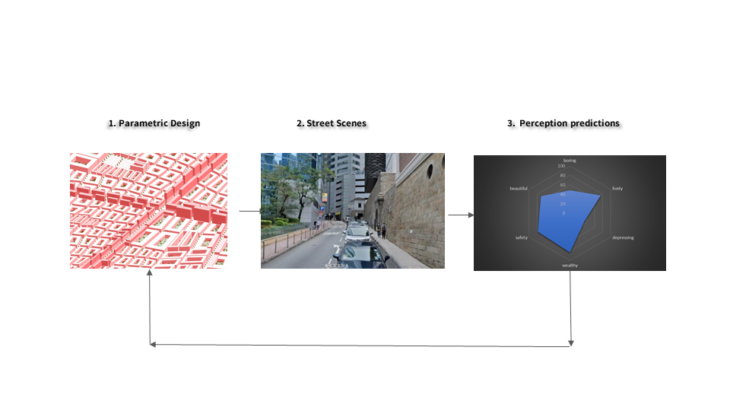
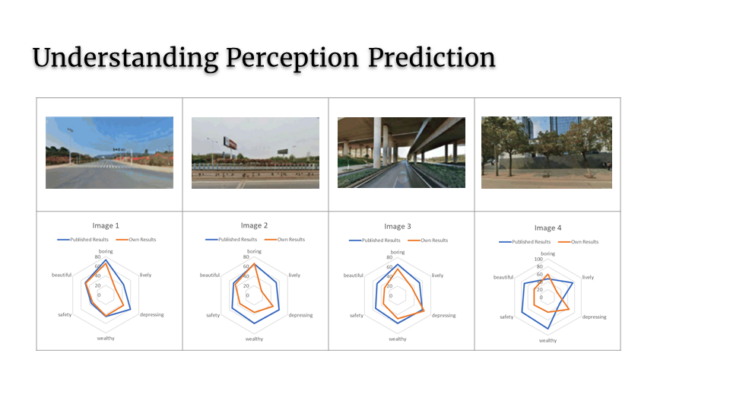

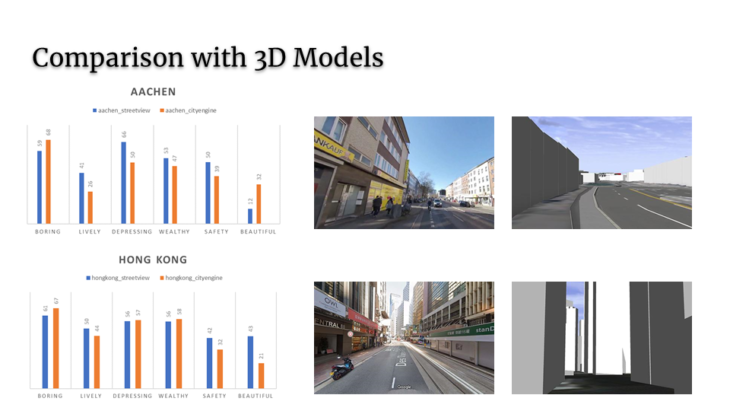
Kevin Lynch’s “Image of the City” discusses how people understand the layout of a place with a mental map of five distinct features: paths, edges, districts, nodes, & landmarks. Influenced by Lynch, many research have been conducted using deep convolutional neural network to learn and measure citizens’ perceptions on urban space. For example, geo-tagged photos obtained from social media are used for gauging people’s perception on safety on streets in major cities. With computer vision, deep learning techniques can make accurate predictions. The next step will be the use of such predictions in supporting architects and planners to create meaningful urban interventions.
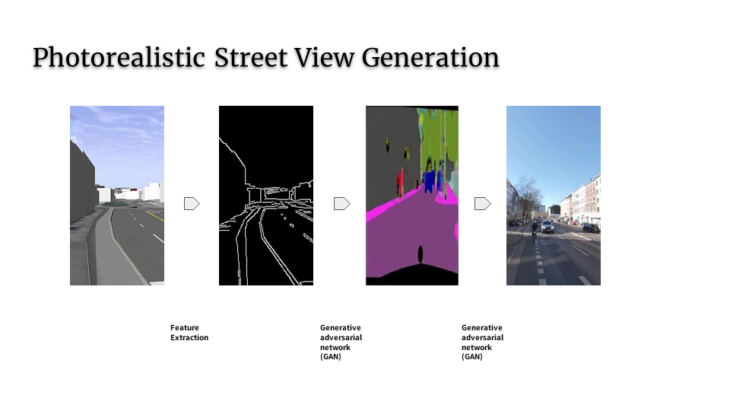
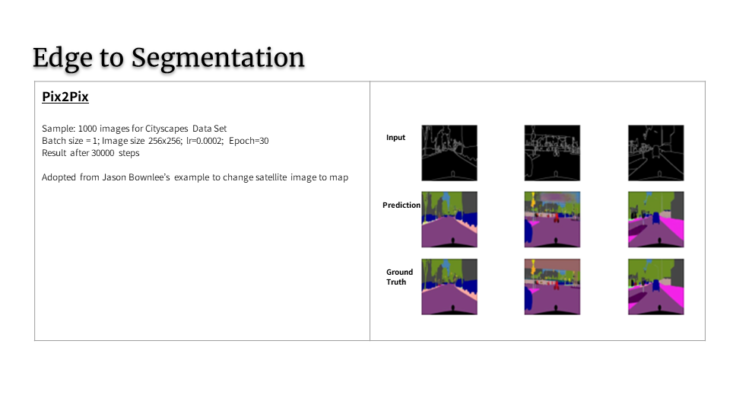
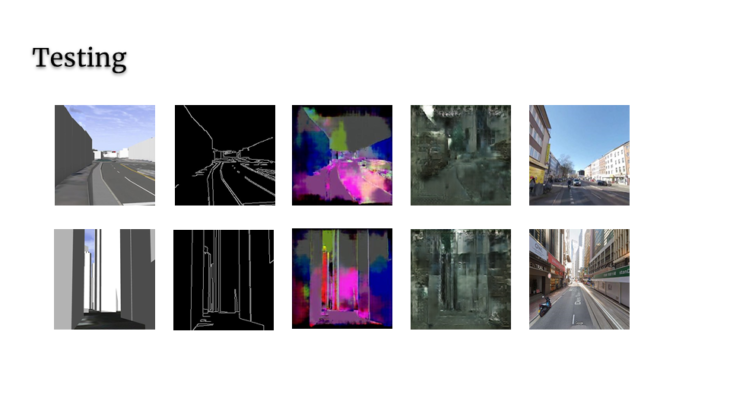
Perception intends to be an application to give architects or planners feedback on their interventions based on perception predictions. Initially, the application tried to be based on generative adversarial network to create photorealistic views from screenshots from 3d models in Rhino. However, the results are biased towards one perception. Further trial is necessary to truly understand how individual elements in the model and settings on rendering impacts the individual perception predictions.
